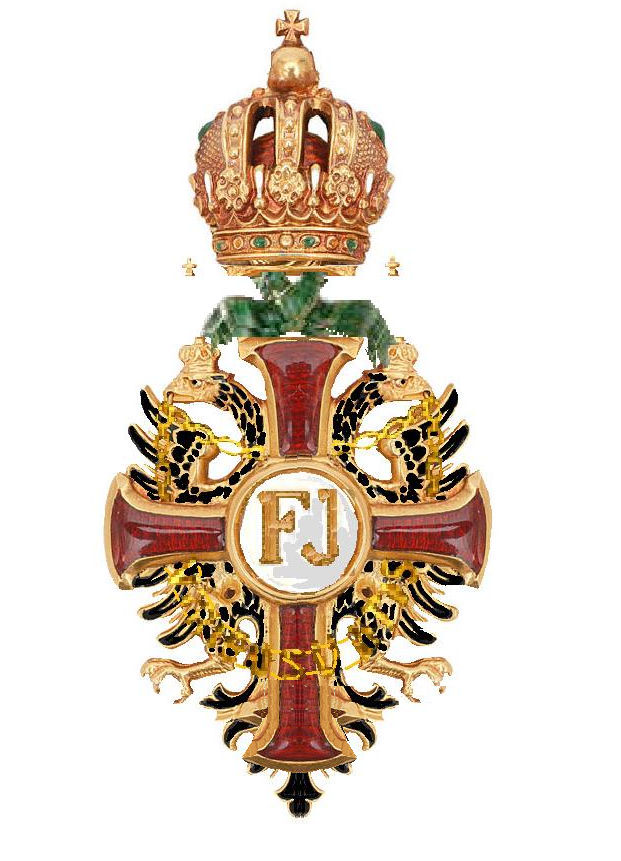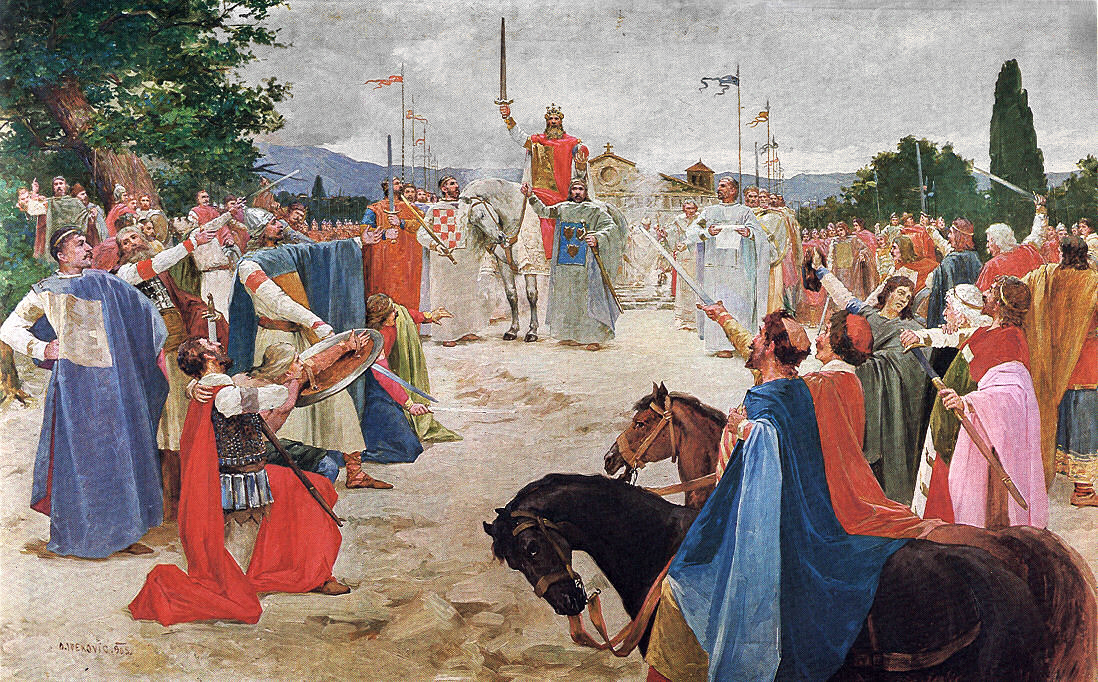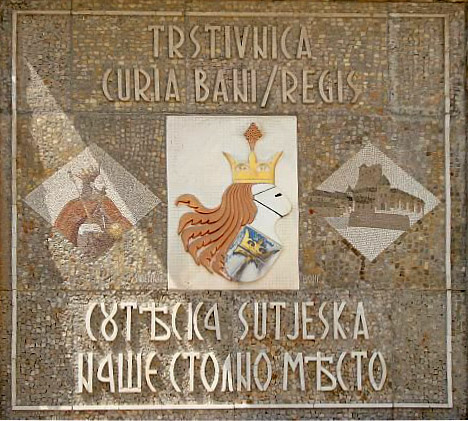|
Gjergj Fishta
Gjergj Fishta (; 23 October 187130 December 1940) was an Albanian Franciscan friar, poet, educator, politician, rilindas, translator and writer. He is regarded as one of the most influential Albanian writers of the 20th century due to his epic masterpiece '' Lahuta e Malcís'' and the editor of two of the most authoritative magazines after Albania's independence, ''Posta e Shypniës'' and ''Hylli i Dritës''. Notably being the chairman of the commission of the Congress of Manastir, which sanctioned the Albanian alphabet, he was part of the Albanian delegation to the Versailles Conference, 1919. In 1921 he was a member and became the deputy chairman of the Albanian parliament, later on in the '20s and the '30s he was among the most influential cultural and literary figures in Albania. After the communist regime came to power, his literary oeuvre had been taken out of circulation and it stayed so until the fall of communism. Biography Early life Gjergj Fishta was born to ... [...More Info...] [...Related Items...] OR: [Wikipedia] [Google] [Baidu] |
Order Of Franz Joseph
The Imperial Austrian Order of Franz Joseph (german: Kaiserlich-Österreichischer Franz-Joseph-Orden) was founded by Emperor Franz Joseph I of Austria on 2 December 1849, on the first anniversary of his accession to the imperial throne. Classes The order was originally awarded in three classes: ''Grand Cross,'' ''Commander's Cross,'' and ''Knight's Cross.'' In 1869, the class of ''Commander with Star'' was added, which ranked immediately below the Grand Cross. The ''Officer's Cross'', which ranked between Commander and Knight, was introduced on 1 February 1901. The order ceased to exist as a governmental award with the dissolution of the Austro-Hungarian Empire in 1918. It was not re-established with the foundation of the Republic of Austria. However, it remains active as a dynastic order of the House of Habsburg. Description Knights wore the decoration suspended from a triangular ribbon on the left breast. Officers wore it on the left breast without a ribbon. Commanders wore ... [...More Info...] [...Related Items...] OR: [Wikipedia] [Google] [Baidu] |
People's Socialist Republic Of Albania
The People's Socialist Republic of Albania ( sq, Republika Popullore Socialiste e Shqipërisë, links=no) was the Marxist–Leninist one party state that existed in Albania from 1946 to 1992 (the official name of the country was the People's Republic of Albania from 1946 until 1976 and the Republic of Albania from 1991 until its dissolution in 1992). From 1944 to 1946, the state of Albania was known as the Democratic Government of Albania. During this time period, the country was ruled by Enver Hoxha and the Party of Labour of Albania. They ruled Albania by establishing a Albanian stalinist style of state administration and adhering to policies which stressed national unity and self-reliance. Travel and visa restrictions made Albania one of the most difficult countries to visit or travel from. Former President Ilir Meta called it the "North Korea of Europe" during an interview with Euronews. Being Europe's only Muslim-majority country, it declared itself the world's first ... [...More Info...] [...Related Items...] OR: [Wikipedia] [Google] [Baidu] |
Franciscan Friar
, image = FrancescoCoA PioM.svg , image_size = 200px , caption = A cross, Christ's arm and Saint Francis's arm, a universal symbol of the Franciscans , abbreviation = OFM , predecessor = , merged = , formation = , founder = Francis of Assisi , founding_location = , extinction = , merger = , type = Mendicant Order of Pontifical Right for men , status = , purpose = , headquarters = Via S. Maria Mediatrice 25, 00165 Rome, Italy , location = , coords = , region = , services = , membership = 12,476 members (8,512 priests) as of 2020 , language = , sec_gen = , leader_title = Motto , leader_name = ''Pax et bonum'' ''Peace and llgood'' , leader_title2 = Minister General , leader_name2 = ... [...More Info...] [...Related Items...] OR: [Wikipedia] [Google] [Baidu] |
Croats Of Bosnia And Herzegovina
The Croats of Bosnia and Herzegovina (), often referred to as Bosnian Croats () or Herzegovinian Croats () are the third most populous ethnic group in the country after Bosniaks and Serbs, and are one of the constitutive nations of Bosnia and Herzegovina. Croats of Bosnia and Herzegovina have made significant contributions to the culture of Bosnia and Herzegovina. Most Croats declare themselves Catholics and speakers of Croatian language. From the 15th to the 19th century, Catholics in Ottoman Bosnia and Herzegovina were often persecuted by the Ottoman Empire, causing many of them to flee the area. In the 20th century, political turmoil and poor economic conditions caused more to emigrate. Ethnic cleansing within Bosnia and Herzegovina in the 1990s saw Croats forced to go to different parts of Bosnia and Herzegovina, despite having lived in numerous regions prior to the Bosnian War. The 2013 population census in Bosnia and Herzegovina recorded 544,780 residents registering as o ... [...More Info...] [...Related Items...] OR: [Wikipedia] [Google] [Baidu] |
Kreševo
Kreševo ( sr-cyrl, Крешево, ) is a town and municipality located in Central Bosnia Canton of the Federation of Bosnia and Herzegovina, an entity of Bosnia and Herzegovina. Kreševo is a mountainous town, located in a narrow valley of the Kreševka river, under the slopes of Mount Bitovnje. An old Franciscan monastery of St. Catharine is located in the town's outskirts. History Antique period The area of Kreševo was inhabited since the Neolithic period. Various material remains are indicating that a life in Kreševo was intensified during the Roman Empire, when the municipality was part of the Roman province of Illyrcicum, as well as during the Migration Period. Reason for this are the subsoil assets of the Kreševo Municipality area, where gold, silver, copper, iron and mercury where exploited. A number of the Roman aqueducts can be found on the area of the Kreševo Municipality, as well as remains of the Roman settlement near the village of Zid. During the destructi ... [...More Info...] [...Related Items...] OR: [Wikipedia] [Google] [Baidu] |
Livno
Livno ( sr-cyrl, Ливно, ) is a city and the administrative center of Canton 10 of the Federation of Bosnia and Herzegovina, an entity of Bosnia and Herzegovina. It is situated on the river Bistrica in the southeastern edge of the Livno Field at the foot of Kruzi plateau which are located beneath the Cincar mountain and rocky hill Crvenice. Livno is the centre of the Canton 10 which mainly covers an area of the historical and geographical region of Tropolje. As of 2013, it has a population of 37,487 inhabitants. The town, with its historic ruins and old town from the 9th century, was first mentioned in 892, developing at the crossroads between the Adriatic coast and inland, i.e., regions of Bosnia, Dalmatia, Herzegovina, and Krajina. History The plains of Livno have been populated since approximately 2000 BC. In the late Bronze Age, the Neolithic population was replaced by more Indo-European tribes known as the Illyrians. The region was inhabited by Illyrian tribe of Dalm ... [...More Info...] [...Related Items...] OR: [Wikipedia] [Google] [Baidu] |
Franciscan Monastery In Kraljeva Sutjeska
Kraljeva Sutjeska is a Bosnian Franciscan monastery in Bosnia and Herzegovina. It is located near Kakanj, in the village of Kraljeva Sutjeska. It includes a museum in which it houses historical treasures, a library which keeps rare and valuable historical records. There are around 11,000 works in the library, including 31 incunabula and works in Bosnian Cyrillic. The earliest parish register is preserved since 1641. There are also a number of Ottoman Turkish documents. It also includes ''Grgurevo'', a site where the kings' castle from 1330 along with his remains are located. The historically important dwelling of Bosnian kings, Bobovac, is also a short distance from the castle remains and the monastery, as well as other sights of Kraljeva Sutjeska. See also * Franciscan Province of Bosna Srebrena References External links * Kraljeva Sutjeska Kraljeva Sutjeska (sometimes Kraljevska Sutjeska, or just Sutjeska or Sutiska, historically Trstivnica, in local tradition ''Na ... [...More Info...] [...Related Items...] OR: [Wikipedia] [Google] [Baidu] |
Bosnia And Herzegovina
Bosnia and Herzegovina ( sh, / , ), abbreviated BiH () or B&H, sometimes called Bosnia–Herzegovina and often known informally as Bosnia, is a country at the crossroads of south and southeast Europe, located in the Balkans. Bosnia and Herzegovina borders Serbia to the east, Montenegro to the southeast, and Croatia to the north and southwest. In the south it has a narrow coast on the Adriatic Sea within the Mediterranean, which is about long and surrounds the town of Neum. Bosnia, which is the inland region of the country, has a moderate continental climate with hot summers and cold, snowy winters. In the central and eastern regions of the country, the geography is mountainous, in the northwest it is moderately hilly, and in the northeast it is predominantly flat. Herzegovina, which is the smaller, southern region of the country, has a Mediterranean climate and is mostly mountainous. Sarajevo is the capital and the largest city of the country followed by Banja Lu ... [...More Info...] [...Related Items...] OR: [Wikipedia] [Google] [Baidu] |
Theology
Theology is the systematic study of the nature of the divine and, more broadly, of religious belief. It is taught as an academic discipline, typically in universities and seminaries. It occupies itself with the unique content of analyzing the supernatural, but also deals with religious epistemology, asks and seeks to answer the question of revelation. Revelation pertains to the acceptance of God, gods, or deities, as not only transcendent or above the natural world, but also willing and able to interact with the natural world and, in particular, to reveal themselves to humankind. While theology has turned into a secular field , religious adherents still consider theology to be a discipline that helps them live and understand concepts such as life and love and that helps them lead lives of obedience to the deities they follow or worship. Theologians use various forms of analysis and argument ( experiential, philosophical, ethnographic, historical, and others) to help u ... [...More Info...] [...Related Items...] OR: [Wikipedia] [Google] [Baidu] |
Philosophy
Philosophy (from , ) is the systematized study of general and fundamental questions, such as those about existence, reason, Epistemology, knowledge, Ethics, values, Philosophy of mind, mind, and Philosophy of language, language. Such questions are often posed as problems to be studied or resolved. Some sources claim the term was coined by Pythagoras ( BCE), although this theory is disputed by some. Philosophical methodology, Philosophical methods include Socratic questioning, questioning, Socratic method, critical discussion, dialectic, rational argument, and systematic presentation. in . Historically, ''philosophy'' encompassed all bodies of knowledge and a practitioner was known as a ''philosopher''."The English word "philosophy" is first attested to , meaning "knowledge, body of knowledge." "natural philosophy," which began as a discipline in ancient India and Ancient Greece, encompasses astronomy, medicine, and physics. For example, Isaac Newton, Newton's 1687 ''Phil ... [...More Info...] [...Related Items...] OR: [Wikipedia] [Google] [Baidu] |
Palmanova
Palmanova ( fur, Palme) is a town and comune in northeast Italy. The town is an example of a star fort of the late Renaissance, built up by the Venetian Republic in 1593. The fortifications were included in UNESCO's World Heritage Site list as part of Venetian Works of Defence between the 16th and 17th centuries: ''Stato da Terra'' – western ''Stato da Mar'' in 2017. Geography Found in the southeast part of the autonomous region Friuli-Venezia Giulia, it is from Udine, from Gorizia and from Trieste, near the junction of the motorways A23 and A4. History On 7 October 1593, the superintendent of the Venetian Republic founded a revolutionary new kind of settlement: Palmanova. The city’s founding date commemorated the victory of the Christian forces (supplied primarily by the Italian states and the Spanish kingdom) over the Ottoman Turks in the Battle of Lepanto in 1571, during the War of Cyprus. Also honored on 7 October was Saint Justina, chosen as the city's p ... [...More Info...] [...Related Items...] OR: [Wikipedia] [Google] [Baidu] |
Ottoman Empire
The Ottoman Empire, * ; is an archaic version. The definite article forms and were synonymous * and el, Оθωμανική Αυτοκρατορία, Othōmanikē Avtokratoria, label=none * info page on book at Martin Luther University) // CITED: p. 36 (PDF p. 38/338) also known as the Turkish Empire, was an empire that controlled much of Southeast Europe, Western Asia, and North Africa, Northern Africa between the 14th and early 20th centuries. It was founded at the end of the 13th century in northwestern Anatolia in the town of Söğüt (modern-day Bilecik Province) by the Turkoman (ethnonym), Turkoman tribal leader Osman I. After 1354, the Ottomans crossed into Europe and, with the Ottoman wars in Europe, conquest of the Balkans, the Ottoman Anatolian beyliks, beylik was transformed into a transcontinental empire. The Ottomans ended the Byzantine Empire with the Fall of Constantinople, conquest of Constantinople in 1453 by Mehmed the Conqueror. Under the reign of Sule ... [...More Info...] [...Related Items...] OR: [Wikipedia] [Google] [Baidu] |







